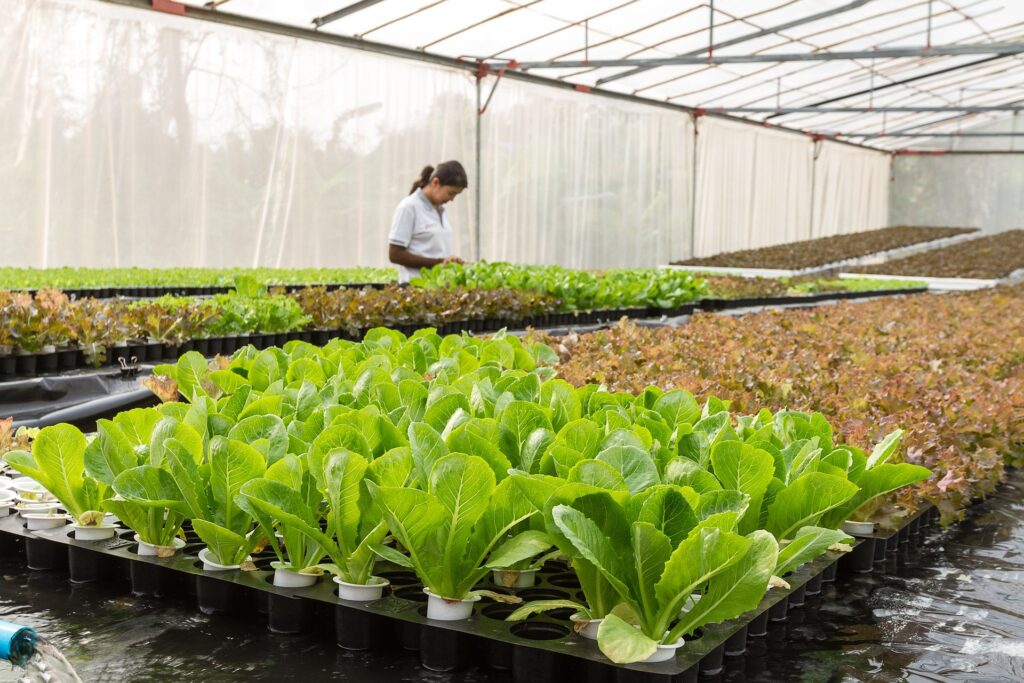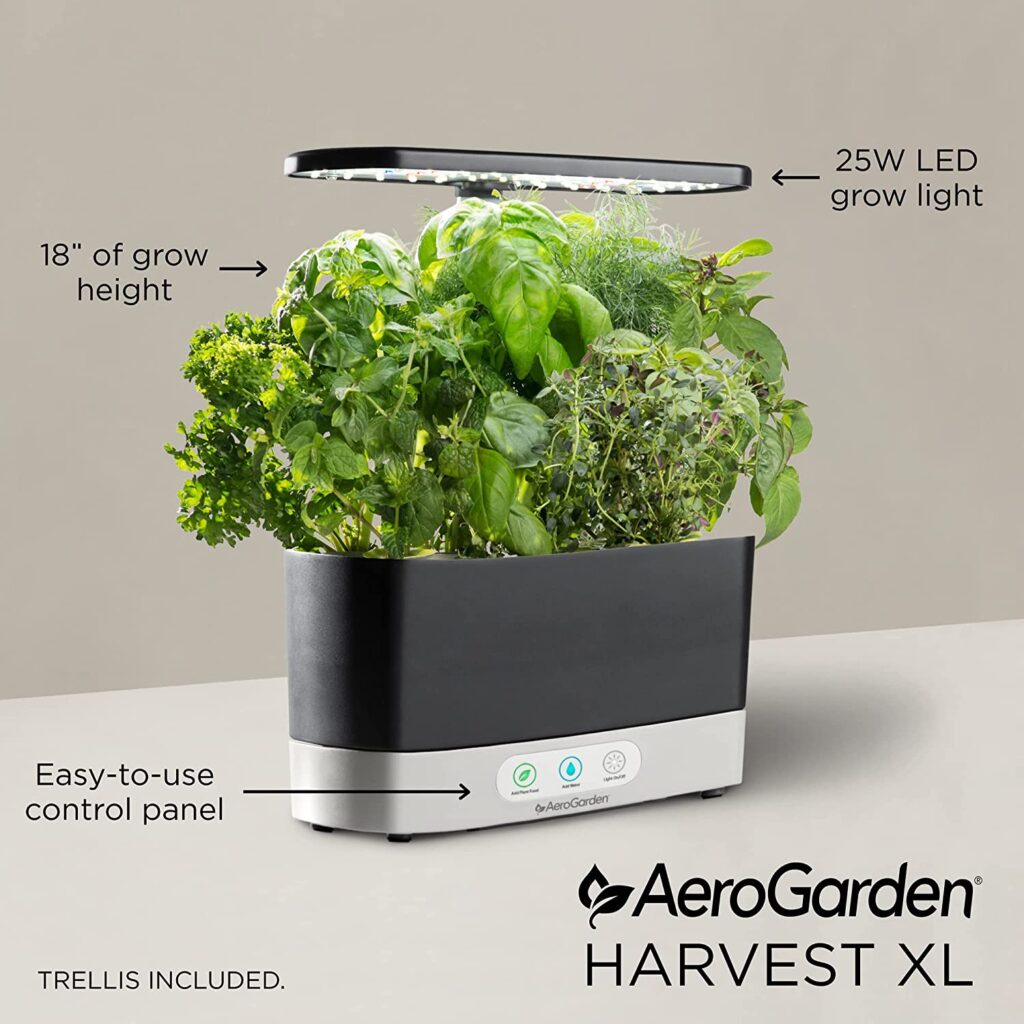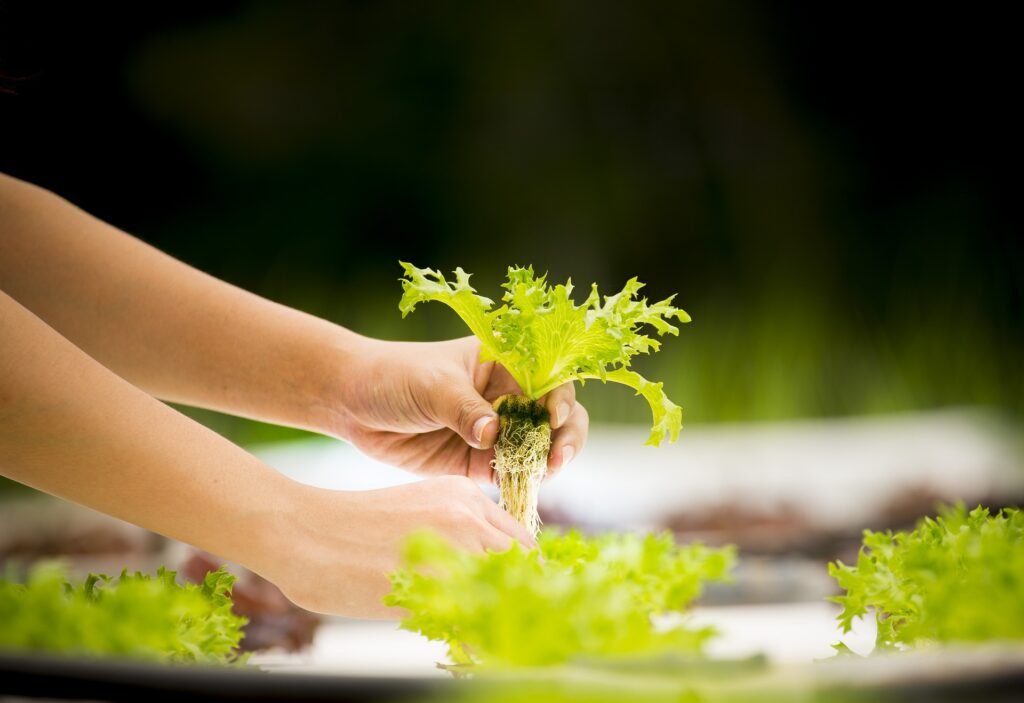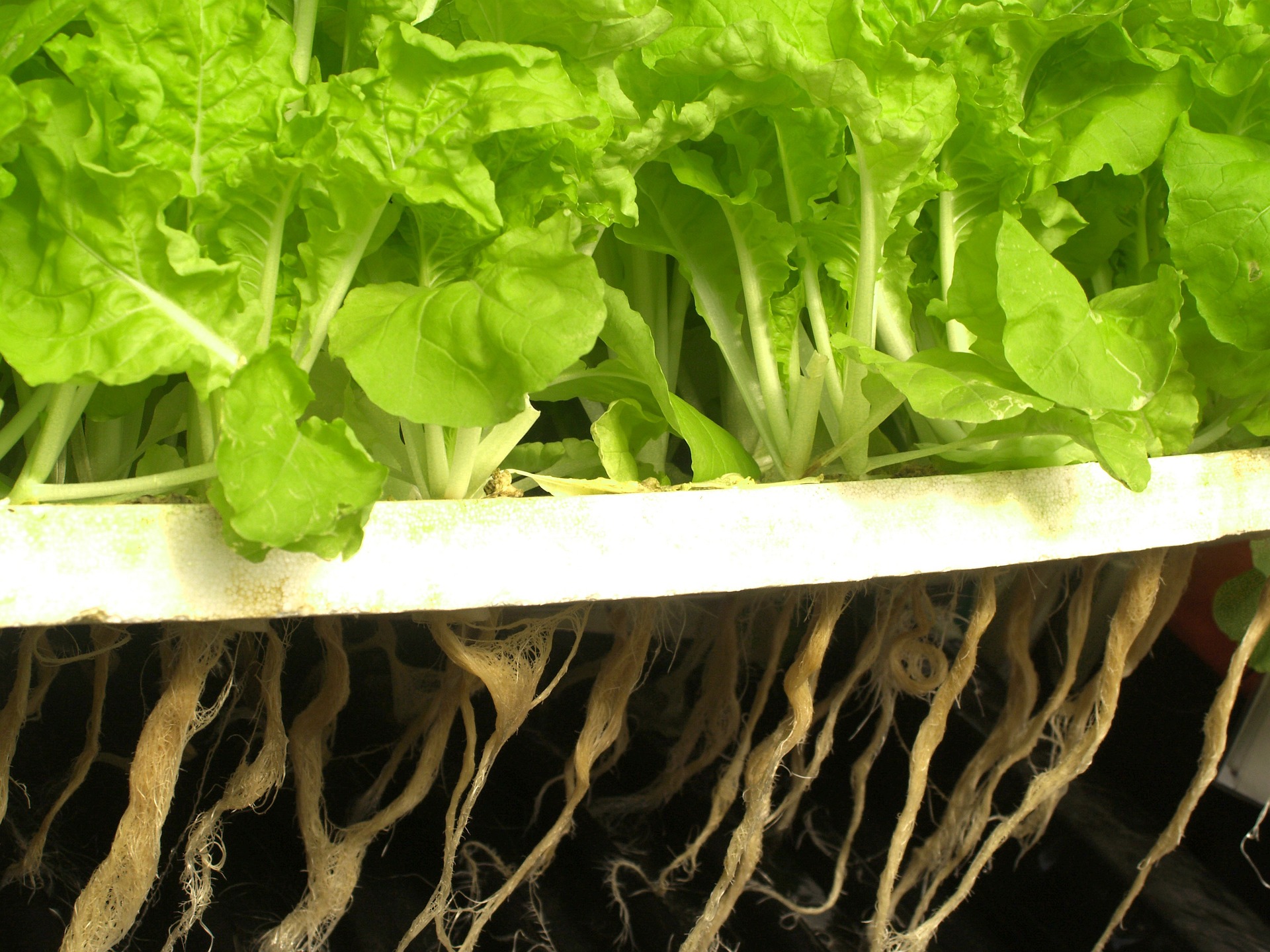Hydroponics vs Aeroponics: The Ultimate Showdown
New farming techniques and methods of crop growing are in a critical stage of evolution. We’re now seeing some amazing revolutions in the food-growing landscape. Hydroponics vs aeroponics is on the minds of gardeners and farmers across the world – with failing food systems, soil degradation, and other climate factors that we can’t control, alternative methods of growing food are highly important.
This is why this article will cover the difference between hydroponics and aeroponics and how you can benefit from these controlled and highly revolutionized forms of farming and home-growing techniques. From the methods of each of these systems to the pros and cons of each of these techniques, you’ll learn how you can start your very own soil-less garden for growing vegetables, herbs, and so much more from the comfort of your home.
What is Hydroponics?

The growing of plants without the need for soil is known as hydroponics, using nutrient-rich solutions, oxygen, and water to completely control the growing environment. This strategy promotes quick plant development, higher food yields, and higher-quality crops.
When a plant is growing in ground soil, roots are constantly looking for sustenance. This requires energy from the plant that could have been used to produce leaves, flowers, and fruit instead. When a plant’s root system is directly exposed to water and nutrients, the plant is not required to direct any energy to find food for itself, making this system of growing perfect for home gardeners who need to produce as much food naturally.

As nutrients dissolve in water, they can be given directly to the root system of the plant by flooding, misting, or soaking. Direct exposure to nutrient-rich water in hydroponic systems has been shown to be more effective and versatile compared to standard soil and ground growing.
A hydroponic setup also provides precise control over environmental factors like temperature and pH balance, as well as increased exposure to water and nutrients. It eliminates the uncertainty of growing plants outside or in the ground and seedlings mature much faster without the resistance of the soil. This method also produces much healthier and higher-quality fruits and vegetables by removing pesticides and exposure to diseases that are inevitable when growing with the standard soil methods. These are achieved by regulating the plant’s surroundings.

AeroGarden Harvest XL
Can growing your own food get any easier when you can do it right on your kitchen counter? This bundle even already comes with 18 seed pods so you can start growing right away!
The Pros of Hydroponics
- Accelerates growth (+25% faster than standard soil growing)
- Promotes larger growth because they will not have to battle to receive the nutrients required to grow
- Saves water by recycling the nutrient water from its enclosed setup
- Produces a sustainable and environmentally beneficial system for growing your plants
- Produces less waste and pollutants because of the controlled environment and there’s no soil runoff in
The Cons of Hydroponics
- A hydroponic setup and upkeep may be more expensive than the traditional method of growth.
- It takes longer to install and maintain than a soil-based system.
- Because mechanical systems may malfunction or break, there is a chance of failure.
What is Aeroponics?
Aeroponics is a more advanced kind of hydroponics in which plants are hung in the air and their roots hang down, which is misted with water from a scheduled spray system. This spray or mist system is connected to a main nutrient reservoir. Because aeroponic roots aren’t hindered by compacted soil or heavy growing media, this soil-less growing approach is ideal for almost all plants.
Aeroponics growing systems consist of carefully constructed pumps and spray mechanisms submerged in nutrient solution and programmed to release small mists of water to the plants’ roots throughout the day. Roots in an aeroponics system have better access to oxygen and humidity. They often grow bigger and yield significantly more than standard farming methods. In general, it uses less water over time since excess water that is not collected by the roots is recycled, and the mist allows for higher nutrient concentrations with less liquid.
Aeroponic systems can grow a massive variety of plants, from vegetables like broccoli, lettuce, and cucumbers to herbs like basil, chives, and mint – and will thrive in these systems with added benefits and will be easier to harvest.

The Pros of Aeroponics
- The removal of growing media is incredibly liberating for the roots of a plant, and the increased oxygen they are supplied leads to faster growth.
- Aeroponic growing systems consume very little water because these closed-loop systems require 95% less irrigation than soil-grown plants.
- It is environmentally beneficial and cost-effective due to the capacity to grow big amounts of food in tiny spaces with fewer chemicals.
- Because aeroponic growing systems are completely contained and controlled, there is no nutrient runoff into waterways and groundwater.
- Instead of using dangerous chemicals to treat pests and diseases, the controlled environments keep disease very limited because growth materials can simply be sterilized.
The Cons of Aeroponics
- Aeroponic growing systems require some skill to run efficiently.
- The nutrient solution must be maintained at specific levels, and even a minor fault of your equipment or nutrient levels can result in crop loss.
- Some systems use artificial light which can be high in energy consumption, but this can be switched with solar energy or other alternative sources to combat this disadvantage.
Hydroponics vs Aeroponics

While both approaches do not need soil and use a nutrient solution, the way nourishment is supplied to the plants is different.
| Hydroponics | Aeroponics |
|---|---|
| Plants in hydroponics can be suspended in water all the time or supplied by an alternating flow of water. | Aeroponic plants are never immersed in water and instead receive nutrients from a mist sprayed on their roots. |
| Hydroponic plants are grown by fully submerging the root systems in water and nutrient solutions. This process is entirely controlled and can be done in both enclosed and open environments. | Aeroponic growing systems are entirely enclosed. The crops grow suspended in air and are kept in a humid environment with periodic misting that provides a nutrient-rich solution directly to the roots and prevents the crop from dehydrating. |
| Hydroponics set up is easier to maintain and construct compared to aeroponics, and far easier for beginners to understand the basics. | The initial set up of aeroponic growing systems is more costly than hydroponics and requires a little more knowledge to successfully maintain. |
| Plants will grow 30% faster than soil gardening in hydro systems and produce a much higher yield. | Plant growth is initially slower in aeroponic systems compared to hydroponics, but overall yield and later stages of growth are significantly better in the long run. This makes aeroponics superior for larger crop harvests. |
| The material needed is more simple than in aeroponics, making hydroponics a cheaper choice for setup costs. They can be assembled with basic equipment like pumps, pH meters, and simple nutrient solutions. | The initial setup costs for aeroponic growing systems are more than hydro and require an investment. Many beginners opt for a kit that will guide them through this process to understand the basics. |
The Verdict
Both hydroponics and aeroponics can be extremely effective techniques for growing plants without soil. If you’re looking for an easy system to maintain without the stress of technical growing setups, hydroponics is your best bet. Plus, the maintenance involved in hydro is far easier. Aeroponics is your best choice for bigger crop yields and environmental control, as well as a better system for space saving.
Their effectiveness will rely on factors such as the grower’s individual demands, the type of plants being produced, and available resources.
From Garden to Table and Table to Garden
We have what you need to start growing your own food indoors or outdoors, as well as turning your food scraps into your own organic fertilizer.







